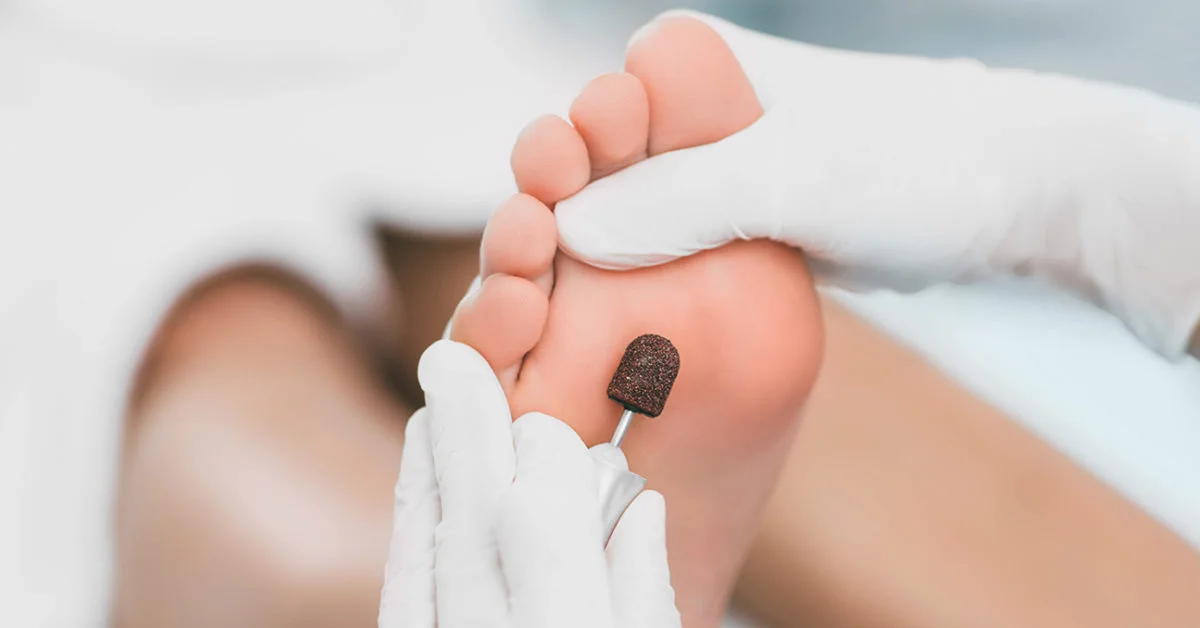Signs You Should See a Podiatrist
Are you experiencing pain or discomfort in your feet or ankles? If it’s becoming persistent or bothersome, or you just had a foot injury, maybe it’s time to consult a podiatrist.
What Is a Podiatrist?
A podiatrist is a type of doctor who diagnoses and treats issues and conditions that involve the feet. While you may also consult an orthopedist for such problems, podiatrists can offer more comprehensive care and treatment, since they are trained to deal with the foot and ankle specifically. For instance, dermatological (skin) conditions in the feet can also be treated by podiatrists.
Below are some signs you should see a podiatrist. If you are experiencing one or more of these, consult the nearest foot care clinic.
Persistent Heel Pain
Pain in the heel can be caused by a variety of conditions. A podiatrist can perform x-rays and other tests to pinpoint the exact cause of the problem.
Bunions
A bunion is a painful bony bump/lump that forms on the joint between your big toe and your foot (known as the metatarsophalangeal [MTP] joint). Probable causes of bunions include inflammatory arthritis, foot injury, having flat feet, or wearing tight shoes. A podiatrist can help you with managing bunion pain and they can perform surgery if needed.
Painful Corns or Calluses
Corns and calluses are a buildup of hard, thickened areas of skin in the feet. The thickening of the skin is actually a protective reaction from repeated friction and pressure. While corns and calluses are not serious problems, they can become painful and may even bleed.
If your corns or calluses have become too thick and painful, have a foot doctor take a look. They can effectively and painlessly reduce or remove the thickened areas of skin. They may also recommend the right footwear for you to prevent the buildup of corns and calluses in the future.
Recurring Athlete’s Foot
Athlete’s foot is a common fungal infection. You can treat it with over-the-counter antifungal creams, but if you notice it occurs frequently, seek help from a foot care professional. You would probably need prescription antifungal creams and medication.
Pain, Swelling, or Numbness
Prolonged standing or running can sometimes cause swollen, numb, or sore feet, which is considered normal. However, if one or both of your feet gets painful, swollen, or numb for no apparent reason, you need to see a foot doctor and have that checked.
Ingrown Toenail/s
Ah, the dreaded ingrown toenail. This happens when the corners or edges of a nail grow into the surrounding skin instead of over it. It can be painful and may even cause inflammation or infection on the affected area of the skin.
While it is possible to remove the ingrown toenail on your own, it would be safer if you let the podiatrists handle it. They can also prescribe you with the right medication in case there is an infection.
Joint Pain in the Ankle or Foot
This kind of pain can be caused by various reasons, so it’s important to see a podiatrist to determine the root cause, especially if the feeling is persistent. While the pain can be managed by over-the-counter drugs such as naproxen and ibuprofen, it’s not advisable to take these medications every day. You should see a foot doctor to pinpoint the cause of the problem and treat it accordingly.
When Your Ankle Gets Sprained or Broken
A sprain happens when your ankle gets twisted or rolled awkwardly. A broken ankle can also be caused by a twisting injury, but it is often inflicted by a direct blow to the ankle. Either way, it is always best to see a foot care specialist to address the issue.
When You Have Diabetes
Foot problems are common in people with diabetes (Type 1 and 2). This is because high blood sugar can damage the nerves and blood vessels in the feet as time goes by. Watch out for these warning signs of diabetic foot problems:
- Tingling or burning sensation
- Numbness in the toes
- Sores that take too long to heal
- Change in skin color
- Swelling of feet or legs
- Cracks in between toes
If you experience any of these symptoms above, consult a podiatrist immediately to have a treatment and prevention plan arranged for you. Along with your endocrinologist, a podiatrist is essential to your diabetes health care team.
Nail Fungus
Fungal infections on the toenails have recently become common, which can be attributed to the growth of the nail salon industry. Research says that there is a risk of picking up a fungal infection when visiting a nail salon, especially one that does not practice stringent hygiene measures.
Nails with fungus usually look yellow. They can also become brittle or thickened. If you suspect you have nail fungus, have a podiatrist treat it as soon as possible to prevent fungi from spreading to the rest of your toenails.
Your feet are your body’s foundation, which is why proper care for them is important. Don’t think twice about visiting a podiatrist or foot care clinic if you experience foot problems.


 Home
Home









